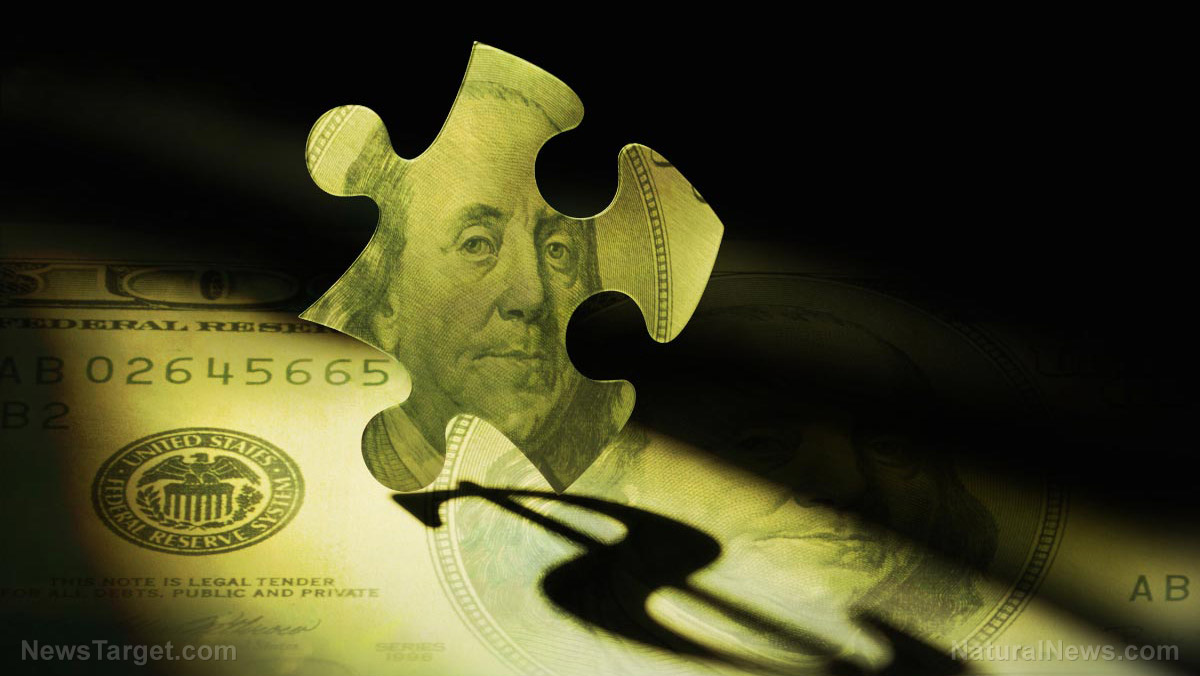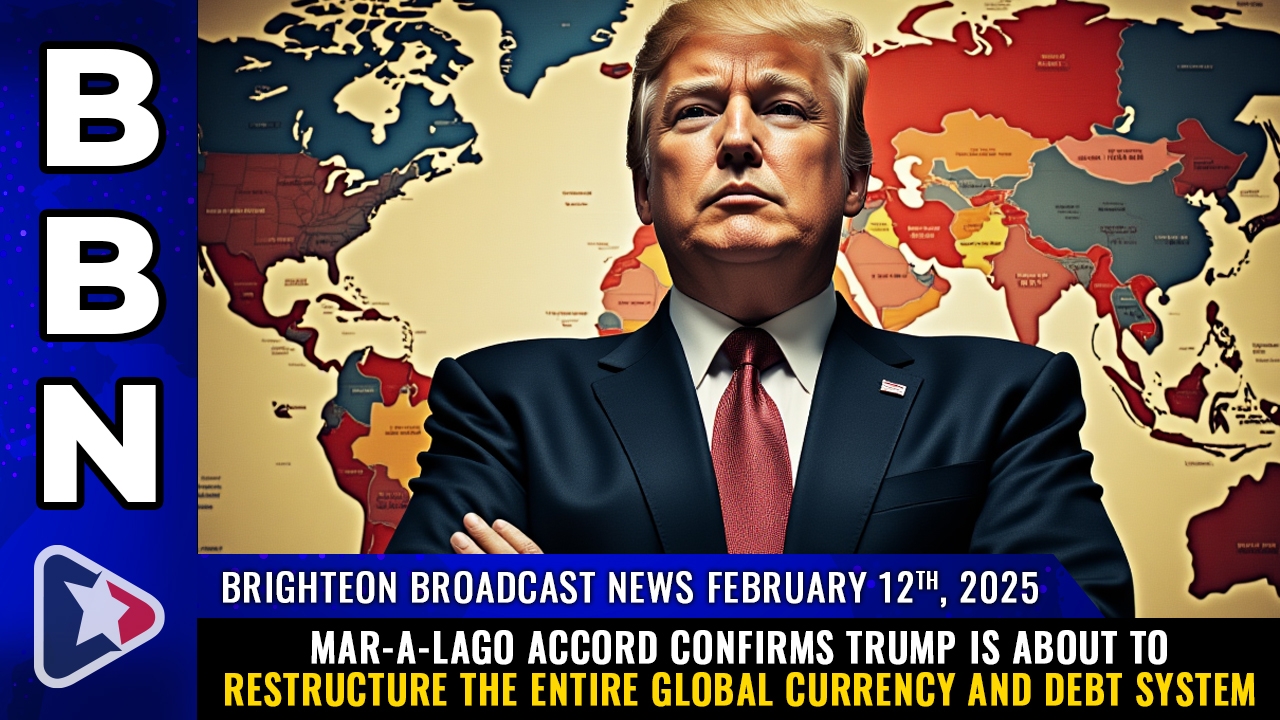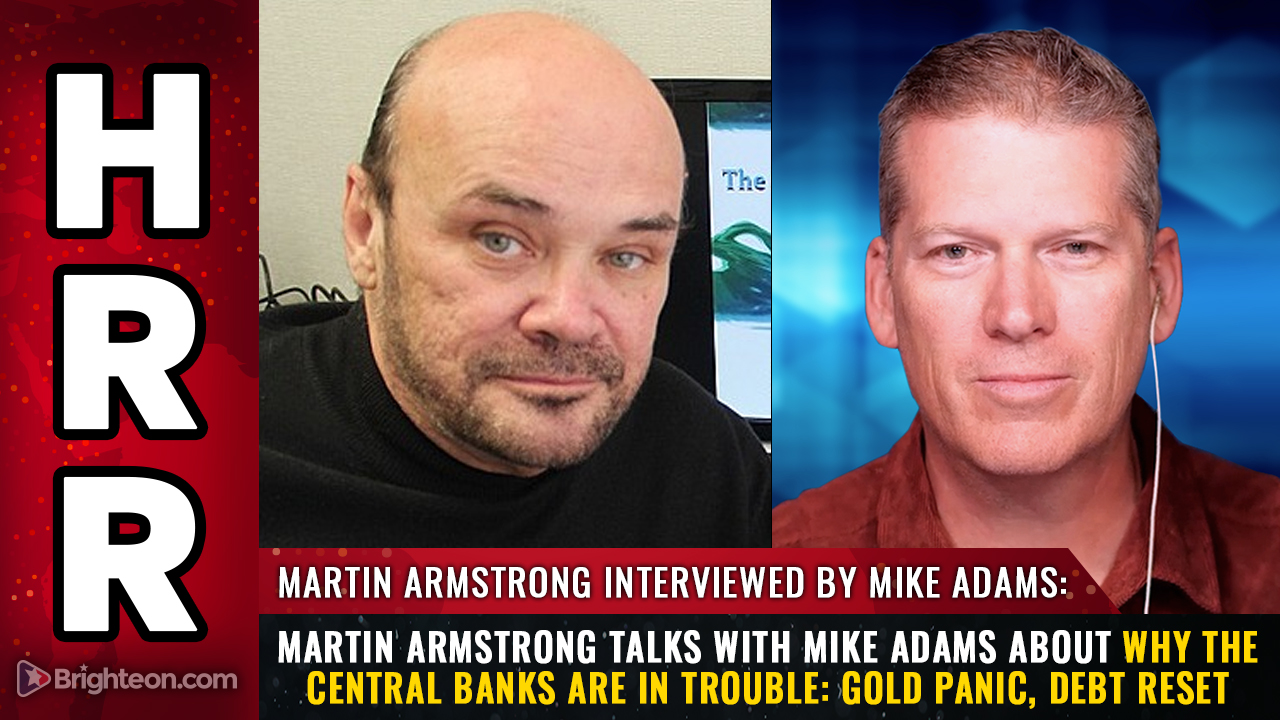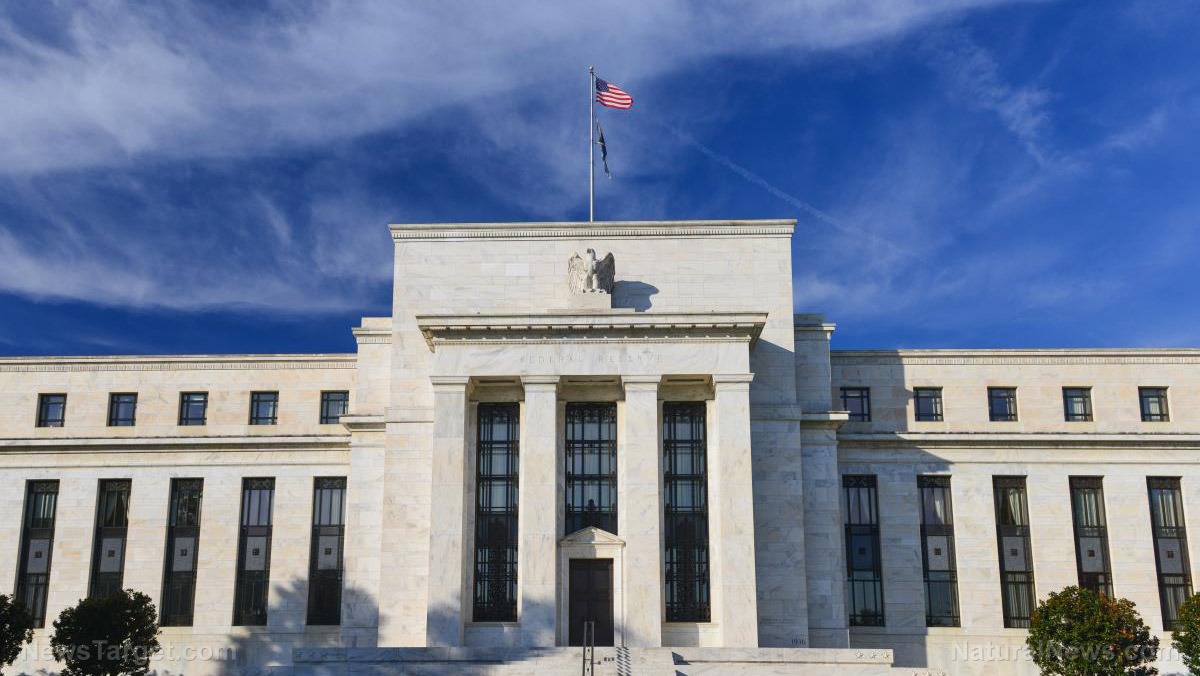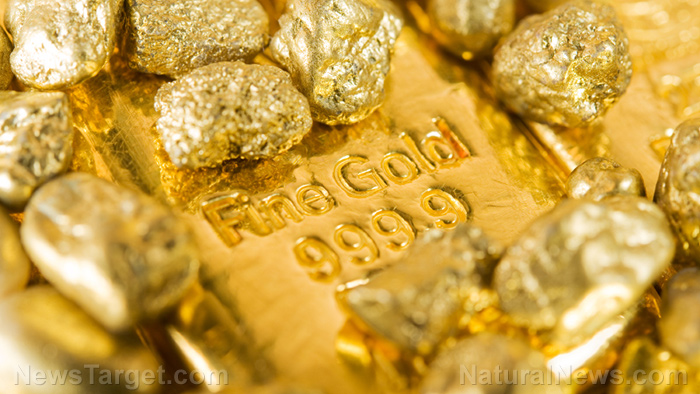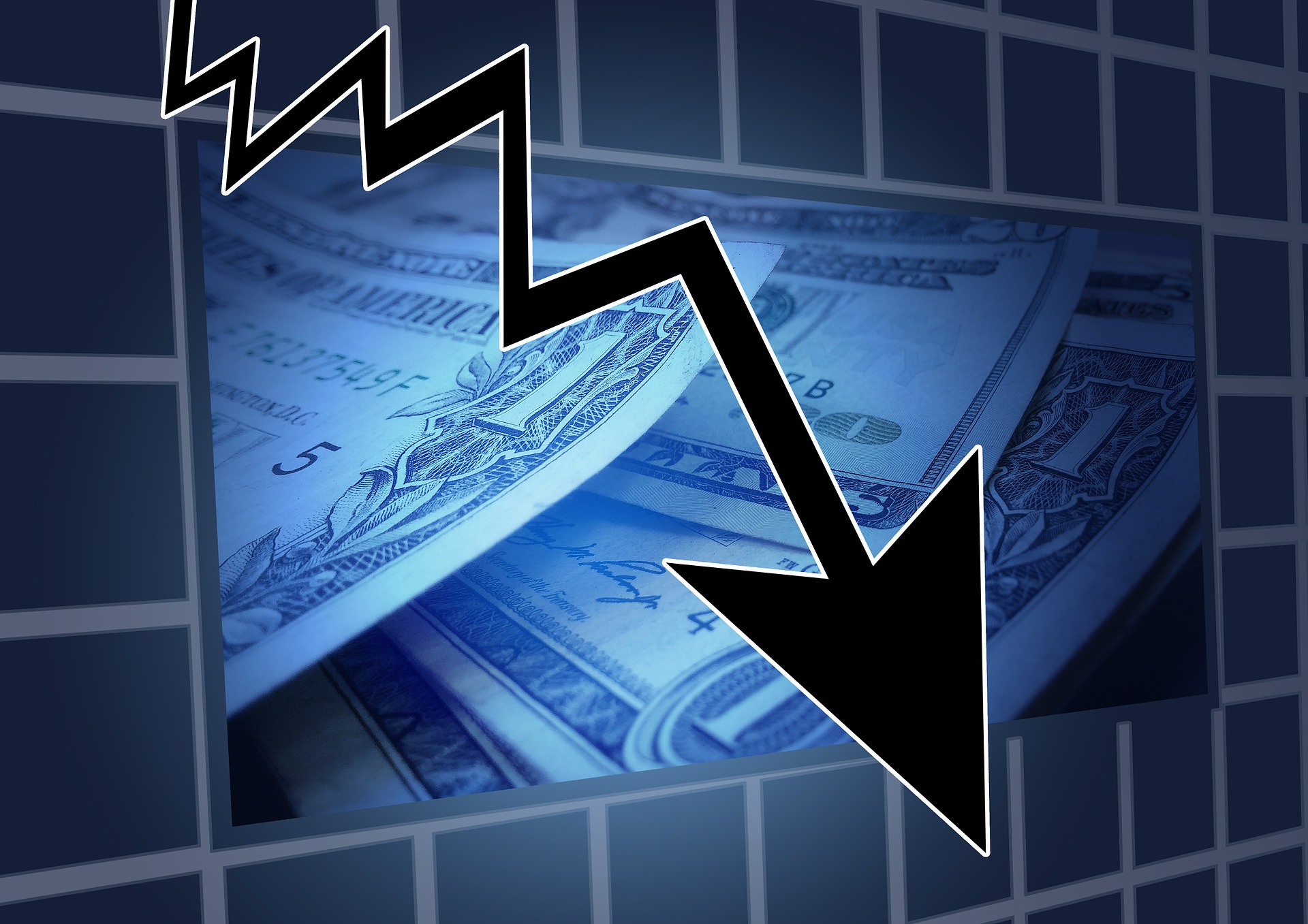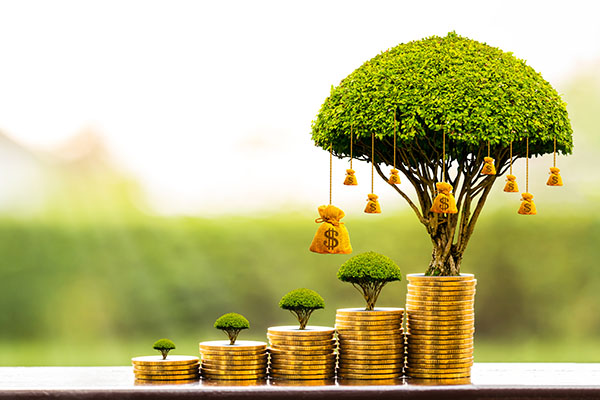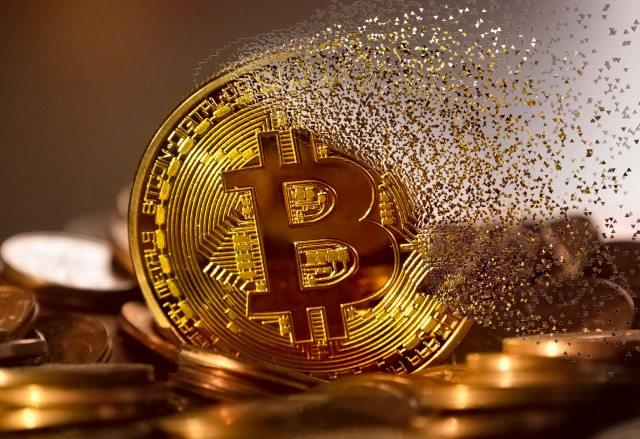The golden gamble: Is a historic gold revaluation imminent?
02/13/2025 / By Willow Tohi

- The global financial system is facing a potential seismic shift, with gold at the center of the storm, possibly leading to a historic revaluation.
- James Turk, a market veteran, points out anomalies in the gold market, such as the spread between futures and spot prices, increased physical gold flows into the U.S., and declining assets in paper-gold products.
- There’s speculation that President Trump might revoke executive orders from Franklin Roosevelt and Richard Nixon, potentially returning to a gold-backed dollar, which could lead to a competition between fiat currency and constitutional money.
- The rush to physical gold, especially from Asia to the U.S., suggests that insiders are positioning themselves for a revaluation, while paper-gold products may be frozen or settled in dollars at pre-revaluation prices.
- The potential revaluation of gold could redefine America’s monetary system, restore trust in the dollar and have far-reaching consequences for the global financial system, with gold-backed bonds possibly issued by 2026. Investors are advised to consider physical gold and silver as core components of their portfolios.
The global financial system is teetering on the edge of a seismic shift, and gold — the timeless store of value — is at the center of the storm. As the U.S. dollar faces unprecedented challenges and central banks scramble to stockpile physical gold, whispers of a historic gold revaluation are growing louder. Could the world soon witness a shocking revaluation of gold, and what would it mean for the dollar, the global economy and everyday citizens?
The anomalies in the gold market
James Turk, a seasoned market veteran, recently highlighted the glaring anomalies in the gold market. “The huge spread at which futures and forward contracts are trading over spot, the massive flows of physical metal into the U.S., and the decline in assets of paper-gold products like GLD are all red flags,” Turk explained. These anomalies suggest that something extraordinary is unfolding behind the scenes.
But why now? Tariffs and trade tensions have been dismissed as the primary cause, especially as some of these tensions have eased. Yet, the anomalies persist. Turk speculates that the root cause may lie in a potential return to constitutional money — gold and silver — under a Trump administration.
A return to constitutional money?
The U.S. Constitution grants Congress the power “to coin Money, regulate the Value thereof,” but not to print it. This distinction is critical. The Federal Reserve’s fiat dollars (F) are fundamentally different from constitutional dollars (C), which are backed by gold and silver. Turk argues that President Trump could revoke the executive orders of Franklin Roosevelt and Richard Nixon, which severed the dollar’s link to gold and ushered in an era of unchecked credit creation and a staggering $36 trillion federal debt.
“If President Trump revokes Nixon’s 1971 executive order, it would mark a return to constitutional money,” Turk said. “This would reintroduce a gold-backed dollar, forcing the F to compete with the C. And history shows that fiat currency always loses to sound money.”
The implications of such a move would be profound. The F and C could circulate simultaneously, much like Bitcoin operates alongside fiat currencies today. However, unlike Bitcoin, gold has a 5,000-year track record as money. As Turk noted, “An ounce of gold today buys more crude oil than it did seven decades ago, proving its ability to preserve purchasing power.”
The rush to physical gold
The frenzied rush to acquire physical gold is another clue that something monumental is afoot. Reports of gold being flown from Asia to the U.S. at significant cost suggest that insiders are positioning themselves for a revaluation. Turk draws parallels to the months preceding Franklin Roosevelt’s 1933 gold confiscation, when savvy investors moved their gold overseas to avoid seizure and benefit from the subsequent revaluation.
“Today’s gold flows into the U.S. imply that only physical gold will be revalued,” Turk speculated. “Paper-gold products like ETFs and futures contracts may be frozen or settled in dollars at pre-revaluation prices, leaving their holders empty-handed.”
This scenario underscores the importance of owning physical gold. As Turk pointed out, “There are an estimated 100 paper claims to every ounce of physical gold. Settling these claims at pre-revaluation prices is the only practical way to avoid massive dollar inflation.”
A new golden age for America?
President Trump’s potential move to restore constitutional money could redefine his legacy. By returning to a gold-backed dollar, he would not only address the nation’s debt crisis but also reassert the principles of sound money enshrined in the Constitution.
Turk envisions a future where the C, F and Bitcoin compete in a free market. “A constitutional dollar, defined as a weight of gold and silver, would restore trust in America’s monetary system,” he said. “The new gold/silver ratio could be closer to 10:1, reflecting the natural abundance of silver relative to gold.”
The global implications
The revaluation of gold would have far-reaching consequences beyond U.S. borders. Central banks worldwide are already stockpiling gold, signaling a shift away from dollar dependency. China, in particular, has been aggressively accumulating gold and silver, using its $1 trillion trade surplus to fund its Belt and Road Initiative and solidify its economic ascent.
As Judy Shelton, a prominent economist, predicted, “Gold-backed bonds could be issued by 2026, marking a significant shift in the global financial system.” This move would further cement gold’s role as a cornerstone of global finance.
What this means for you
For investors, the message is clear: physical gold and silver should be core components of any diversified portfolio. Governments with substantial gold reserves will gain significant economic leverage, while everyday citizens holding even small amounts of precious metals could safeguard their wealth against currency devaluation.
The question is no longer if gold will be revalued, but when—and how fast. Whether it happens gradually over the next decade or overnight in response to a global crisis, the implications are profound. As Turk concluded, “Gold’s role in the global financial system is about to change dramatically. The only question is, are you prepared?”
The world stands on the brink of a new monetary era. Will gold’s revaluation usher in a new golden age, or will it expose the fragility of the current fiat system?
Sources include:
Submit a correction >>
Tagged Under:
big government, Bubble, Collapse, currency clash, currency crash, currency reset, dollar demise, Donald Trump, economic riot, Fiat Money, finance riot, gold, gold report, market crash, money supply, pensions, precious metal, risk, Us Dollar
This article may contain statements that reflect the opinion of the author
RECENT NEWS & ARTICLES
COPYRIGHT © 2017 BUBBLE NEWS




